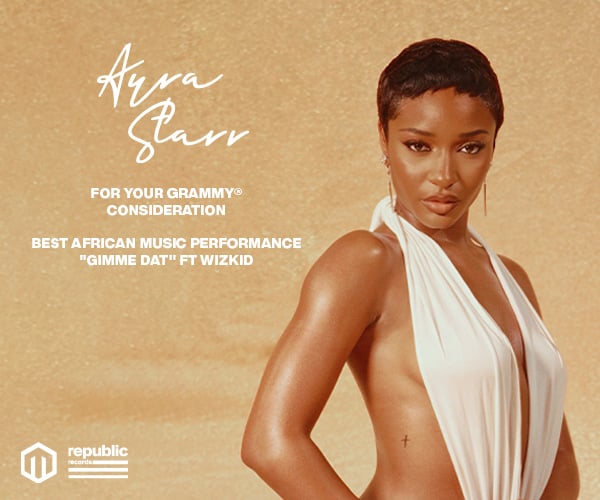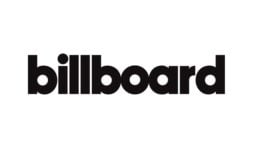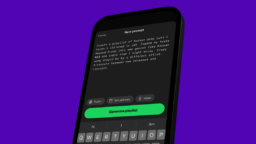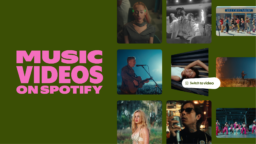YouTube claims to have paid more than $2bn to music rights-holders in the past few years.
The news was broken this morning in a comment given by the service as it announced a global licensing agreement with Kobalt-owned collection society AMRA.
YouTube’s Global Director of Music Partnerships, Christophe Muller said, “YouTube provides a global platform for anyone – from vloggers to politicians, global brands to small businesses and of course, musicians too – to connect with a global audience.
“We’ve generated over $2 billion in revenue for the music industry in the last few years alone, and we’ve long worked with Kobalt to help creators get paid.”
There are a few really noteworthy things about this statement, the first time to MBW’s knowledge that the figure has been publicly used.
Firstly, it’s been 20 months since a YouTube rep claimed at Midem 2014 that the service had paid $1 billion-plus to music rights holders (here’s a version of that key phrase again) “over the last several years”.
Let’s accept these two statements are merely approximate, and that the 20 month gap between them may not be gospel.
The fact remains: YouTube appears to have, by default, paid out more than $1billion to music rights-holders within this time period (ie. the difference between $1bn and $2bn).
“Spotify appears to have been paying out three times what Youtube does each month to record labels – despite having an audience around 1/14th of the size.”
That works out, very roughly, at $50m being paid by YouTube to music rightsholders a month.
With that in mind, let’s turn to Spotify.
The Swedish service made its own ‘we’ve paid $2bn to music rights-holders’ announcement fairly recently – in November 2014, back when Daniel Ek was busy saying sorry-not-sorry to Taylor Swift.
But Spotify’s made a bigger announcement since then: in June this year, the service said it had now paid out more than $3bn to music rights-holders, with $300m in the first quarter of this year alone.
Again, there will be a bit of room for error here, but around seven months passed between Ek’s statement in November 2014 and the June 2015 announcement.
If Spotify’s payouts to rights-holders really did grow by $1bn in this time period, it would have been paying out $142m per month.
That’s almost three times what YouTube appears to have been paying labels, publishers, artists and songwriters. Despite the fact Spotify’s total active audience (75m) amounts to somewhere around 1/14th of YouTube’s billion-plus user base.
Now let’s look quickly at Vevo.
In November 2014, the online music video specialist said it had paid out $500m to music rightsholders since 2010. Two years earlier, Vevo said it had paid out $200m to rights-holders.
Notwithstanding the fact that its payouts more than doubled from 2012-2014, the difference between the two stats here was $300m over the course of 24 months.
That results in a very rough (and now slightly outdated) monthly payment from Vevo to music rightsholders of $12.5m.Music Business Worldwide





